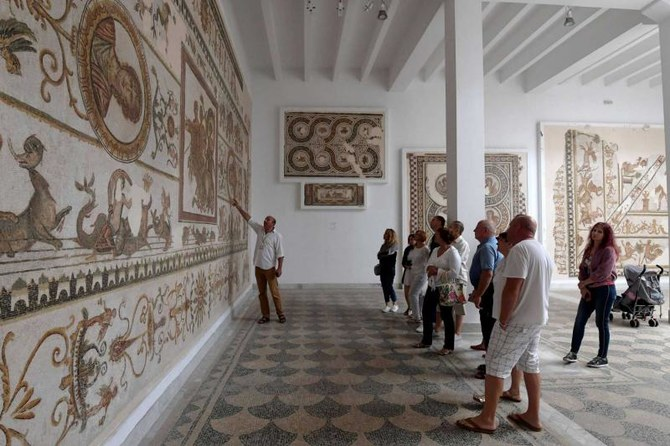The largest museum in Tunisia, the Bardo Museum, has reopened its doors to the public after a period of closure. This museum, housed in a 19th-century Ottoman governor's palace near the parliament in Tunis, is renowned for its extensive collection of rare artifacts, particularly those dating back to ancient civilizations that have shaped Tunisia's rich history.To travel to Tunisia, you will need a Tunisian visa.

The Bardo's fame is rooted in the countless rare artifacts discovered during excavations undertaken in Tunisia since the 19th century.
This country, located in the heart of the Mediterranean, has been a crossroads for various renowned civilizations throughout history, making the museum a treasure trove of historical and cultural significance.
One of the unique aspects of the Bardo Museum is that it primarily exhibits artifacts discovered within Tunisia itself, rather than importing statues or artifacts from other countries.
Visitors have the opportunity to explore a vast array of local treasures, including giant antique mosaic pieces featuring depictions of figures like the Roman god Neptune and Hercules.
The museum was temporarily closed in 2021 when Tunisia's president suspended the legislature and assumed extensive powers. Officially, the closure was attributed to renovation efforts.
During this period, the Bardo Museum underwent significant changes. Several spaces were enlarged, and collections were relocated to create a more engaging and informative experience for visitors. Additionally, new sections were added, including one dedicated to Islamic manuscripts.
The Bardo Museum has a longstanding tradition of organizing scientific seminars, meetings, and workshops, welcoming young people to learn about various aspects of culture, including molding and Arab calligraphy.
This commitment to cultural enrichment underscores the museum's role as a vital educational institution in Tunisia.
On the ground floor, visitors can find a poignant display featuring the marble statue of the Roman goddess of harmony alongside the funeral stela of the victims of a tragic 2015 attack against the museum.
This attack, claimed by the Islamic State group, resulted in the loss of 21 foreign tourists and one Tunisian police officer, serving as a somber reminder of the importance of preserving and celebrating Tunisia's rich cultural heritage.
Visitors from around the world expressed their excitement and admiration for the museum's reopening. Maria, a tourist from New Zealand, praised the magnificent pieces and the beauty of the building itself. She marveled at the richness of the Bardo's collection and highlighted its significance as a cultural beacon for Tunisia.
The reopening of Tunisia's largest museum, the Bardo, signifies a renewed commitment to preserving and showcasing the country's cultural heritage, allowing both local and international visitors to explore the treasures that Tunisia has to offer.

To help us improve